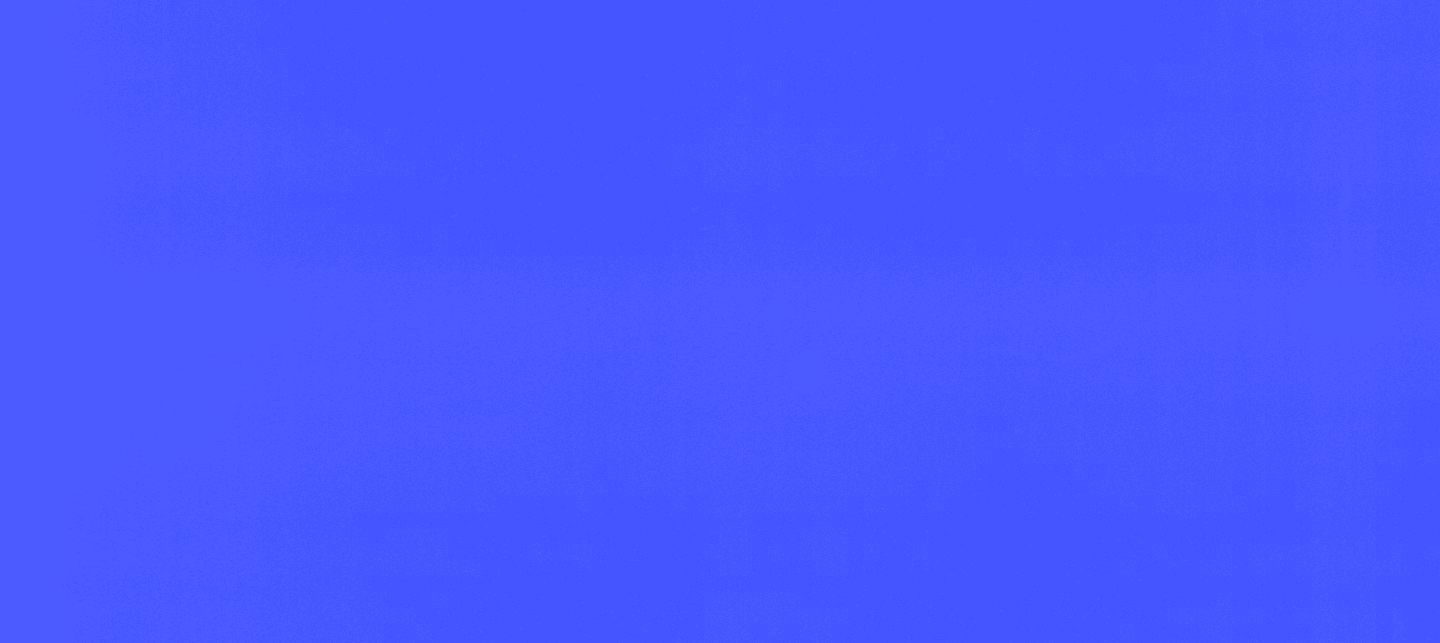Concept: A Brighter Internet
The campaign was rooted in nostalgia for a pre-surveillance web. After finding a Reddit thread reminiscing about ad-free internet days, and rediscovering AT&T’s "You Will" ads from the ’90s, I shaped a concept to feel familiar, optimistic, and free from digital noise.
Design Approach:
To shape the design direction for DuckDuckGo’s landing page, I looked at data showing how privacy concerns are increasing. For example, around 81% of Americans feel they have little control over how companies collect and use their data. This issue resonates with younger users (ages 18-34), who are more likely to seek out privacy-focused tools to protect themselves online.
I also considered trends I’ve seen lately in how brands are showing how they present themselves to emphasize simplicity and authenticity, which are increasingly important to users who are skeptical of overly polished marketing. Photography as a medium is something I noticed competitors not investing in.
Photography-Led Visuals
Minimal, abstract lifestyle photography created a relatable tone while reinforcing anonymity and privacy.
Typography
The typefaces I chose for this campaign are Gupter for display and headings as a nod to advertisements from the 80s, while being modern, and Circular for body copy for clarity.

Color
This palette evokes calmness and clarity. But gives contrast being on a darker background to represent anonymity.
Landing Page Strategy
The landing page was designed to mirror the concept’s calm and open tone. The hero image intentionally sits just below the fold, prompting users to scroll and explore. A sticky navigation bar makes it easy to jump between sections, while interactive, stacked cards guide users through Privacy Pro’s key features. Glassmorphic UI elements were used to visually represent privacy without overwhelming the page, balancing modern design with transparency and clarity.
Campaign Rollout
To bring the concept to life across different channels, I extended the campaign into out-of-home placements, social content, and creator partnerships. Billboards and subway ads were used with bold messaging and serene visuals to build familiarity. On social, I leaned into meme culture and influencer marketing to connect with younger audiences in a way that felt relevant and approachable. Twitch streamers were also brought into the mix, highlighting how DuckDuckGo’s privacy tools benefit real digital lifestyles.
Measuring Success
If this campaign were launched, I’d measure success through a mix of engagement, conversion, and perception metrics. On the landing page, I’d track scroll depth, average time on page, and clickthrough rates on key CTAs to understand how users interact with the experience. For social and influencer content, I’d monitor engagement—likes, shares, and comments—as well as promo code usage from Twitch. Some signals that would also matter: how people talk about the brand in comments or forums, and whether the campaign helps DuckDuckGo feel more human, trustworthy, and relevant.







